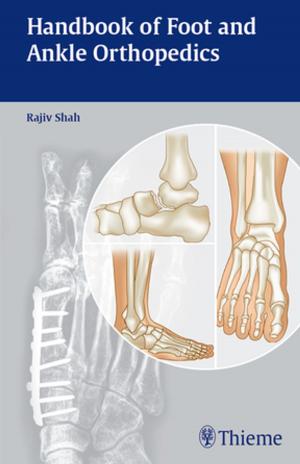Science of Synthesis: Catalytic Reduction in Organic Synthesis Vol. 2
Nonfiction, Science & Nature, Science, Chemistry, Organic| Author: | ISBN: | 9783132406292 | |
| Publisher: | Thieme | Publication: | July 13, 2018 |
| Imprint: | Thieme | Language: | English |
| Author: | |
| ISBN: | 9783132406292 |
| Publisher: | Thieme |
| Publication: | July 13, 2018 |
| Imprint: | Thieme |
| Language: | English |
Catalytic reductions are among the most used synthetic transformations, and the past 15 years have seen great progress in this field. Science of Synthesis: Catalytic Reduction in Organic Synthesis includes the latest developments, as well as selective coverage of more well-established methods. Both heterogeneous and homogeneous catalytic systems are covered, and enantioselective methodology is well represented. There is a focus on the use of metal nanoparticles, both in suspension as well as on solid supports. Furthermore, the advent of research on the conversion of renewable resources into fuels and chemicals has given a great impetus to the field, as deoxygenations are often the first step in the conversion of biomass and this can often be achieved using hydrogenation or hydrogenolysis reactions. Scope, limitations, and mechanism of the reactions are discussed and key experimental procedures are included.
Catalytic reductions are among the most used synthetic transformations, and the past 15 years have seen great progress in this field. Science of Synthesis: Catalytic Reduction in Organic Synthesis includes the latest developments, as well as selective coverage of more well-established methods. Both heterogeneous and homogeneous catalytic systems are covered, and enantioselective methodology is well represented. There is a focus on the use of metal nanoparticles, both in suspension as well as on solid supports. Furthermore, the advent of research on the conversion of renewable resources into fuels and chemicals has given a great impetus to the field, as deoxygenations are often the first step in the conversion of biomass and this can often be achieved using hydrogenation or hydrogenolysis reactions. Scope, limitations, and mechanism of the reactions are discussed and key experimental procedures are included.















